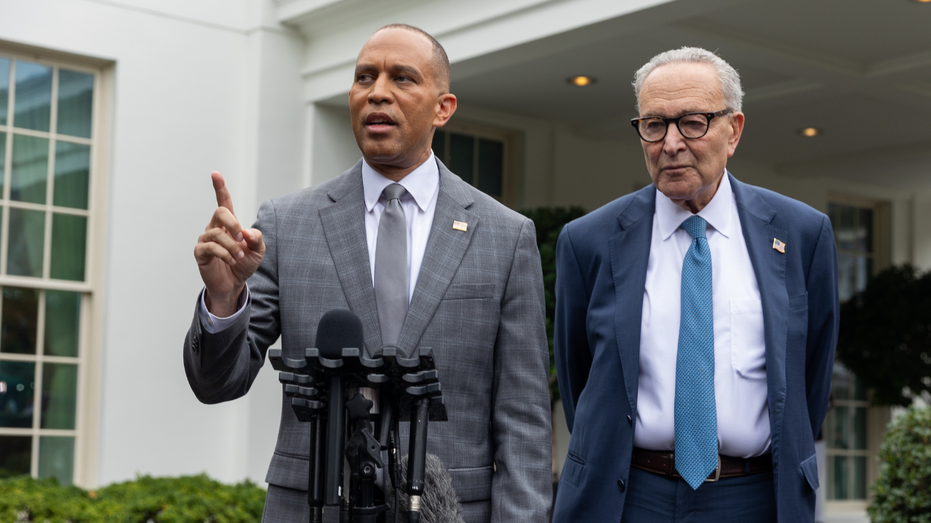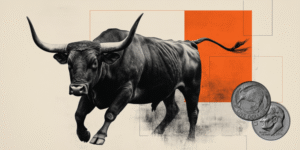The ongoing government shutdown could carry costs for American taxpayers and the economy as it drags on until funding is eventually restored.
The shutdown began on Wednesday, Oct. 1, after Democrats refused to support legislation extending government funding into fiscal year 2026. Republicans have put forward clean bills to restart government operations, while Democrats have pressed for an extension of enhanced ObamaCare subsidies implemented during the pandemic that are set to sunset at the end of this year.
While a shutdown of the federal government’s operations may seem as though it would reduce federal spending, that hasn’t been the case in past shutdowns due to the costs of compensating federal workers with their back pay, suspending and resuming government operations, and foregone economic activity.
Essential federal workers are continuing to work during the shutdown and will forgo paychecks until funding is restored, while workers deemed non-essential have been furloughed and will also receive back pay under federal law.
GOVERNMENT SHUTDOWN DRAGS INTO WEEKEND AS SENATE DEMOCRATS BLOCK GOP PLAN
A 2019 report by the Senate Homeland Security and Governmental Affairs Committee found that the three prior government shutdowns cost at least $3.7 billion in back pay to federal workers for 54 furlough days between those three shutdowns.
It also identified $338 million in other costs stemming from the shutdowns, such as extra administrative work, lost revenue and late fees on interest payments. The elevated administrative workload comes from federal workers having to prepare for a shutdown before it begins, as well as taking steps to restore normal operations once it ends.
The Congressional Budget Office (CBO) wrote in a letter to Sen. Joni Ernst, R-Iowa, before the shutdown that about 750,000 workers may be furloughed at a cost of about $400 million per day.
GOVERNMENT SHUTDOWN BEGINS BUT ANALYSTS SAY MARKETS HISTORICALLY WEATHER DISRUPTIONS WELL

The CBO explained in its letter to Ernst that the economic impact of the government shutdown would “depend on its extent and duration.”
It found that the five-week partial shutdown that ended in January 2019 delayed spending for compensation as well as purchases of goods and services, which estimated that while most of the lost GDP growth would eventually be recovered, about $3 billion would never be recovered. That amounted to 0.02% of annual GDP in 2019.
CBO also found that the shutdown delaying compensation for federal workers reduced consumer spending, while stalled federal spending on goods and services reduced private sector income from those transactions. Economic output was dampened as a result, though that reversed once workers returned.
THE SEPTEMBER JOBS REPORT IS DELAYED BY THE GOVERNMENT SHUTDOWN – WHAT WAS IT EXPECTED TO SHOW?
CBO said that it expects if the government shutdown persists for several weeks, some private sector firms may never recover the income they lost due to the suspension of federal activity.
The agency added that it’s unclear what the cost of delayed federal procurement and lapsed contracts would be, as it would likely depend on the duration of the shutdown, though based on experience a shutdown of only a few days would likely lead to only minor disruptions.
A GOVERNMENT SHUTDOWN IS LOOMING: HOW DOES IT IMPACT THE ECONOMY?

Goldman Sachs economists said in a report that for each week a government shutdown lasts, federal furloughs would shrink the quarter-on-quarter annual growth rate of real GDP by 0.15 percentage points in Q4. That would be followed by a positive growth effect in Q1 2026 that’s equal in size assuming the shutdown ends before then, the economists explained.
“The effect on federal goods and services should be minimal in a short shutdown but could subtract from growth in the event of a protracted shutdown,” the Goldman economists explained.
“While most goods purchases and investment in equipment would likely be made up later in the quarter, services by private contractors as well as research and software development investment might decline during a shutdown,” the economists continued.
They added that those effects appeared to a limited extent in the roughly five-week shutdown that ended in January 2019, but weren’t evident in shorter shutdowns.
Read the full article here














